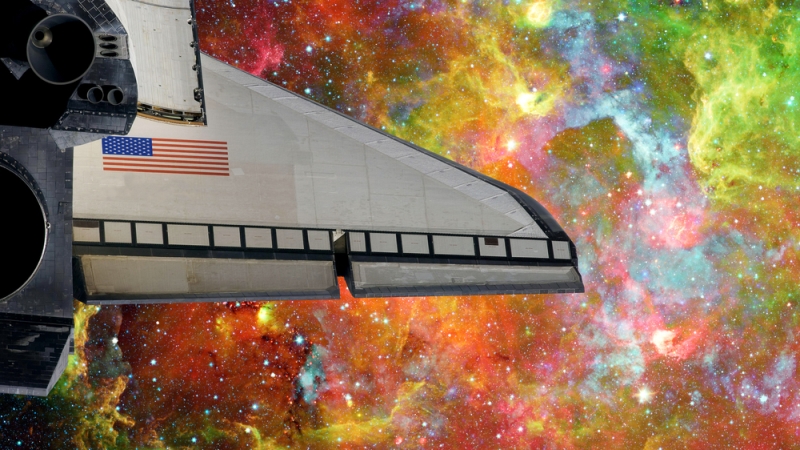
To continue a 46-year-old mission, engineers on NASA’s Voyager team beamed up a software patch that would prevent the recurrence of a data glitch that arose last year, the space agency announced last week.
NASA launched the twin Voyager 1 and 2 spacecraft months apart in the summer of 1977 from Cape Canaveral, Florida, as part of a mission to explore where nothing from Earth has flown before, interstellar space. In August 2012, Voyager 1 made its historic entry into interstellar space, and Voyager 2 entered interstellar space on November 5, 2018. To date, both spacecraft are sending scientific information about their surroundings through the Deep Space Network.
However, last year, engineers on NASA’s Voyager team discovered data glitches coming from the Voyager 1 spacecraft. The probe’s attitude articulation and control system (AACS), which keeps Voyager 1’s antenna pointed at Earth, began sending distorted information about its health and activities to mission controllers despite operating normally.
After months of investigation, the team was able to locate the source of the glitch: “The AACS had started sending the telemetry data through an onboard computer known to have stopped working years ago, and the computer corrupted the information,” the agency noted in a statement released last year.
However, while the team uncovered what caused the grabbled information, they couldn’t determine how it occurred or if the issue could arise again. The software patch should prevent that.
According to NASA, the software patch would prevent the recurrence of the glitch that arose on Voyager 1 and prevent the issue from occurring again in Voyager 1 or arising in its twin, Voyager 2.
“This patch is like an insurance policy that will protect us in the future and help us keep these probes going as long as possible,” Suzanne Dodd, Voyager project manager, said in an Oct. 20 statement. “These are the only spacecraft to ever operate in interstellar space, so the data they’re sending back is uniquely valuable to our understanding of our local universe.”
The team uploaded the software patch on Oct. 20. Voyager 2 received the patch first and served as a testbed for its twin, Voyager 1, which is farther from Earth than any other spacecraft, making its data more valuable.
The space agency does note that because of the spacecraft’s age and the communication lag time, there’s some risk the patch could overwrite essential code or have other unintended effects on the spacecraft. To reduce those risks, the team has spent months writing, reviewing, and checking the code.
If no immediate issues arise, the team will issue a command on Oct. 28 to see if the patch is operating as it should.
